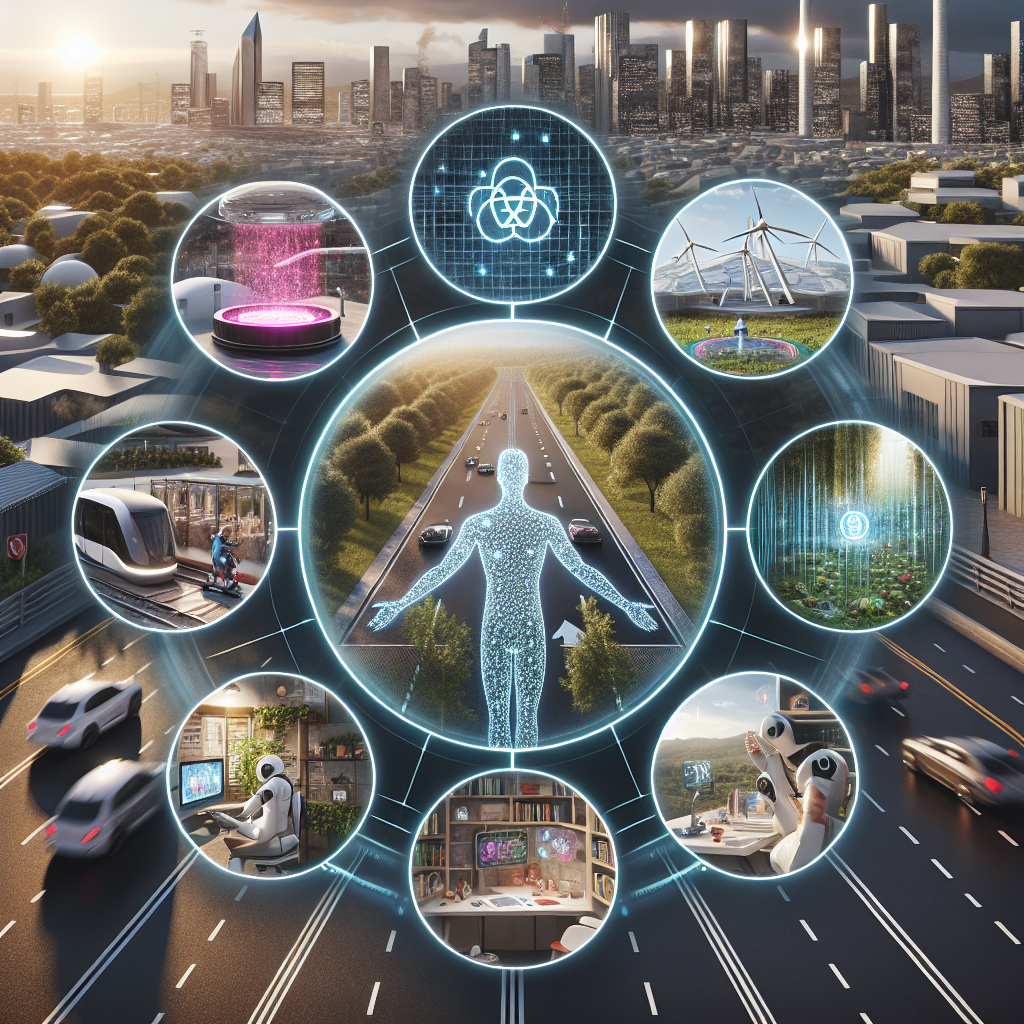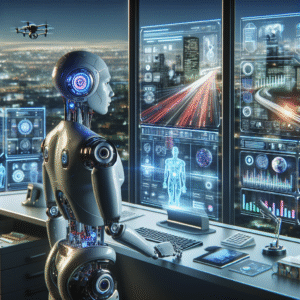Unveiling the Pioneers of Early Computing in 2025
The Foundations of Early Computing: Visionaries Who Changed the World
The narrative of technology is incomplete without acknowledging the architects of early computing, whose innovations laid the groundwork for today’s digital age. Long before sleek laptops and smartphones, these pioneers wrestled with complex machines and abstract concepts, transforming computation from manual calculation to automated processes. Their insights and inventions sparked a revolution that not only redefined mathematics and science but also shaped society’s future. Understanding early computing is essential to appreciate the evolution of technology and the indelible marks left by these visionaries.
Charles Babbage and the Analytical Engine: The First Concept of Programmable Computing
Charles Babbage, often called the “father of the computer,” designed the Analytical Engine in the 1830s, a mechanical general-purpose computer concept far ahead of its time.
The Analytical Engine’s Design and Impact
– The engine was intended to perform any calculation automatically through programmable punch cards.
– It incorporated fundamental features like a ‘mill’ (processing unit), ‘store’ (memory), and input/output operations.
– Although never completed during Babbage’s lifetime due to technical and financial limitations, his design influenced future computer development.
Babbage’s work represents the inception of early computing as a programmable process rather than fixed machinery, setting the stage for generations that followed.
Ada Lovelace: The World’s First Programmer
Ada Lovelace, a mathematician and collaborator with Babbage, is credited with writing the first algorithm intended for the Analytical Engine. Her recognition of the machine’s potential beyond arithmetic illustrated the profound intellectual leap in early computing, envisioning its use for composing music and creating art.
Alan Turing and the Birth of Theoretical Computing
Alan Turing’s contributions in the early 20th century provided the mathematical and conceptual framework that underpins modern computing.
The Turing Machine Concept
– Introduced in 1936, the Turing machine defined a theoretical device capable of simulating any algorithm’s logic.
– This concept is fundamental to early computing because it formalized the idea of computation and algorithms.
– Turing’s work paved the way for automated computing devices and influenced the development of electronic computers.
World War II and Practical Computing Advances
During World War II, Turing’s expertise led to the creation of the Bombe machine to crack Nazi encryption codes.
– This application demonstrated early computing’s practical importance in solving complex problems.
– The war effort accelerated computer engineering, leading to machines like the Colossus, one of the first programmable digital computers.
John von Neumann and the Architecture of Modern Computers
John von Neumann introduced the stored-program concept that remains central to computer design today, often dubbed the “von Neumann architecture.”
Principles of the Von Neumann Architecture
– Unified memory to store both instructions and data.
– Sequential instruction execution with conditional branching.
– Central processing unit (CPU) that controls data flow and operations.
This breakthrough simplified computer design and boosted efficiency, influencing all subsequent general-purpose computers. Early computing’s development owes much to von Neumann’s influence, bridging theoretical principles and practical engineering.
Influence on Early Computers
Von Neumann’s architecture was foundational for early electronic computers, including:
– ENIAC (Electronic Numerical Integrator and Computer)
– EDVAC (Electronic Discrete Variable Automatic Computer)
Both machines adopted stored-program concepts, marking a shift from hardware-programmed machines to flexible, programmable ones.
The Pioneering Machines: From Mechanical to Electronic Computing
Early computing history is marked by landmark machines that advanced the technology’s capabilities.
ENIAC: The First General-Purpose Electronic Computer
– Developed in the 1940s by John Presper Eckert and John Mauchly.
– Used vacuum tubes to perform rapid calculations, primarily for military applications.
– Could be reprogrammed to solve a variety of computing tasks.
ENIAC represented a leap from mechanical to electronic computation, significantly reducing processing time and setting a new bar for computing power.
UNIVAC and Commercial Computing
– UNIVAC I, the first commercially produced computer, was developed in the early 1950s.
– It brought computing power from academic and military labs to business and government sectors.
– Demonstrated the practical value of early computing in data processing and management.
These machines embody the transition from experimental prototypes to usable tools fueling business, science, and administration.
Women in Early Computing: Unsung Heroes
The story of early computing is incomplete without recognizing the vital contributions of women who shaped programming and computer science.
Grace Hopper and the Development of Programming Languages
– Rear Admiral Grace Hopper developed the first compiler, a program that translates human-readable code into machine language.
– She played a key role in creating COBOL, one of the earliest high-level programming languages.
– Hopper’s innovations made programming more accessible and set standards still influential today.
The ENIAC Programmers
Six women programmed the ENIAC during World War II, mastering complex manual coding long before programming languages existed.
– Their expertise demonstrated that programming required deep logical and mathematical skills.
– Despite their vital contributions, their stories remained largely untold until recent years.
Recognizing these pioneers broadens the narrative of early computing and honors diversity’s role in technological progress.
Legacy and Continuing Influence of Early Computing
The insights, machines, and people of early computing continue to shape our digital world in profound ways.
From Conceptual Frameworks to Modern Technology
– Early computing introduced paradigms like programmability, the stored-program concept, and algorithmic logic still central to computer science.
– Principles from the analytical engine to the Turing machine underpin every digital device—from smartphones to cloud servers.
Inspiring Today’s Innovation
– Understanding early computing helps innovators appreciate the challenges overcome and inspires future breakthroughs.
– Historical pioneers showcase the power of creativity and perseverance in facing seemingly insurmountable technical problems.
For those interested in diving deeper into the rich history and impact of early computing, visit resources like the Computer History Museum (https://computerhistory.org) for extensive archives and exhibits.
The journey through early computing reveals a tapestry of visionary thinkers, groundbreaking machines, and foundational concepts. Their work not only launched an era of unprecedented technological growth but continues to inform and inspire the digital innovations of 2025 and beyond. To explore the legacy of these pioneers or learn how history can enrich your tech projects, contact me at khmuhtadin.com and join the conversation shaping tomorrow’s technology.







Post Comment